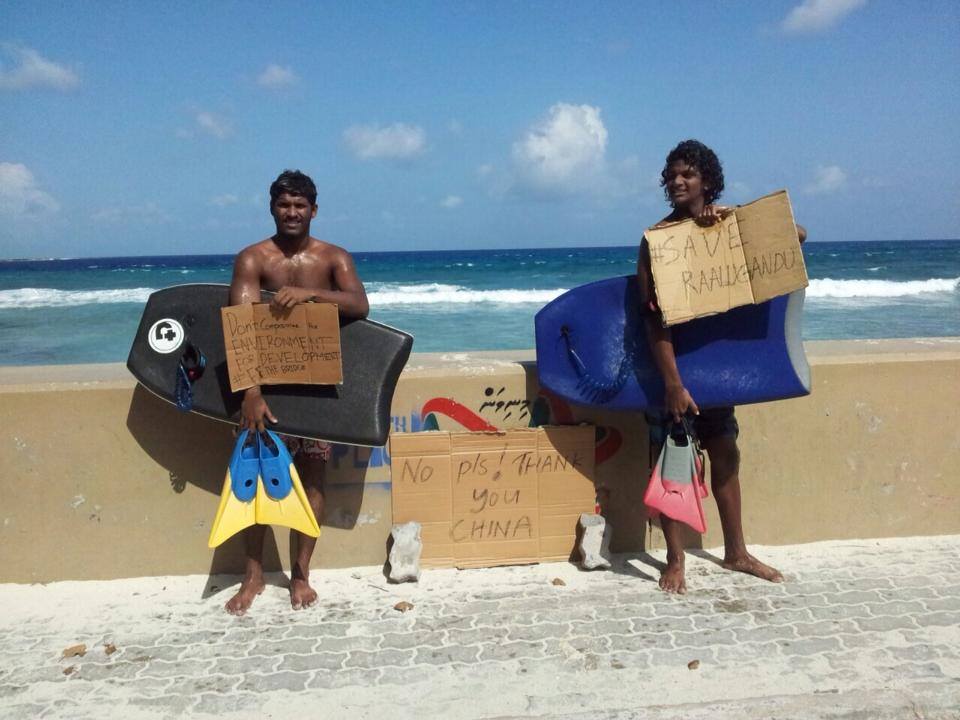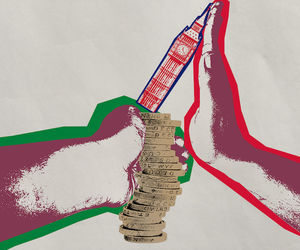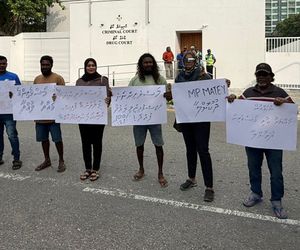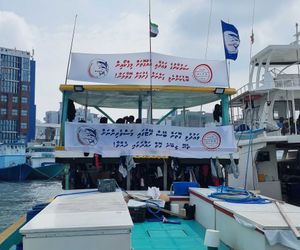Save Our Waves: Why we protest
A surf break is not like any other play ground. It is a living playground. It is constantly changing. Every surf break has a personality and so many moods, writes Ahmed Rifaee Abdul Sattar, a Maldivian surfer. “We, the surfers at Raalhugandu are facing the destruction of our surf break. Many of us consider the place their home. “

02 Mar 2016, 9:00 AM
A wave is a force of nature. It is a beautiful geographical process. Give some thought to the combination of factors that make up this movement of absolute energy. As surfers we love our waves. We see what they are capable of. We want to find ways to sustain and nurture surfing and the surf culture in Malé, at Varunulaa Raalhugandu and Rats, and all the perfect conditions that make the surf everywhere else in the Maldives.
Varunulaa Raalhugandu humours the largest surfing population in the country. The four waves at Raalhugandu make up the home break (or home grounds/ training ground, if you will) of arguably, the most accomplished surfers in the country. They include multiple international gold-medal winners and other top ranked finishers.
Surfing is the Maldives’ highest ranked sport if you consider international wins and podium finishes. There are certified surfing instructors whose schools depend on Raalhugandu. Among them are the most educated, experienced, accomplished, and internationally recognized surfing judges and officials in the country. Among them are the most knowledgeable in the culture, history and industry of surfing. Among them are many peaceful, law-abiding, talented, and productive individuals of society, who base their lives around surfing and Varunulaa Raalhugandu.
Varunulaa Raalhugandu a great place to train to become a competent surfer. It consistently provides a variety of different waves and wave conditions on a single “beach.” It also has the longest history of modern surfing in the country.
Become a member
Get full access to our archive and personalise your experience.
Already a member?
Discussion
No comments yet. Be the first to share your thoughts!
No comments yet. Be the first to join the conversation!
Join the Conversation
Sign in to share your thoughts under an alias and take part in the discussion. Independent journalism thrives on open, respectful debate — your voice matters.




